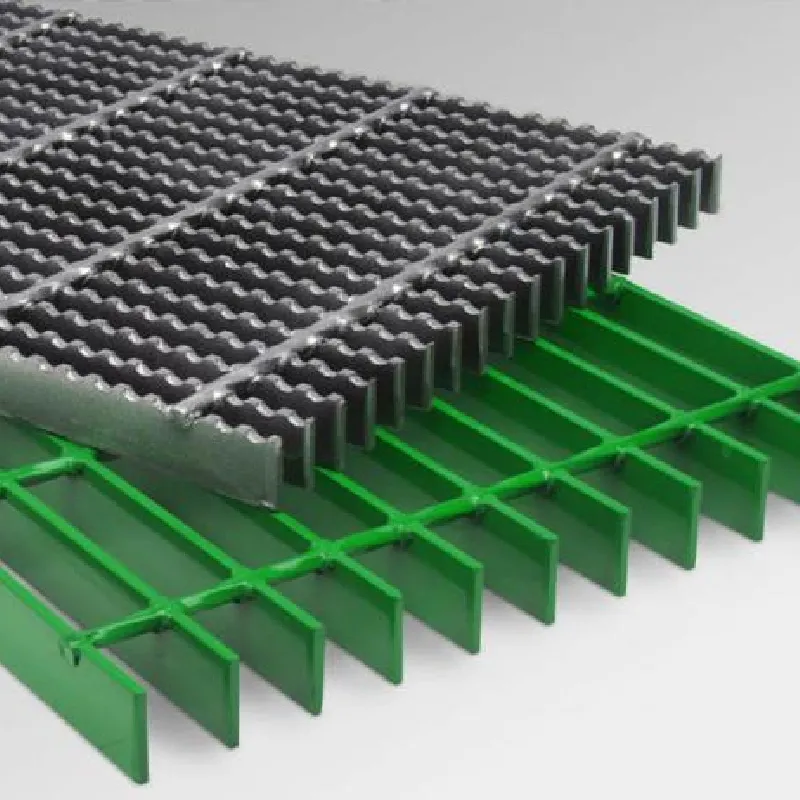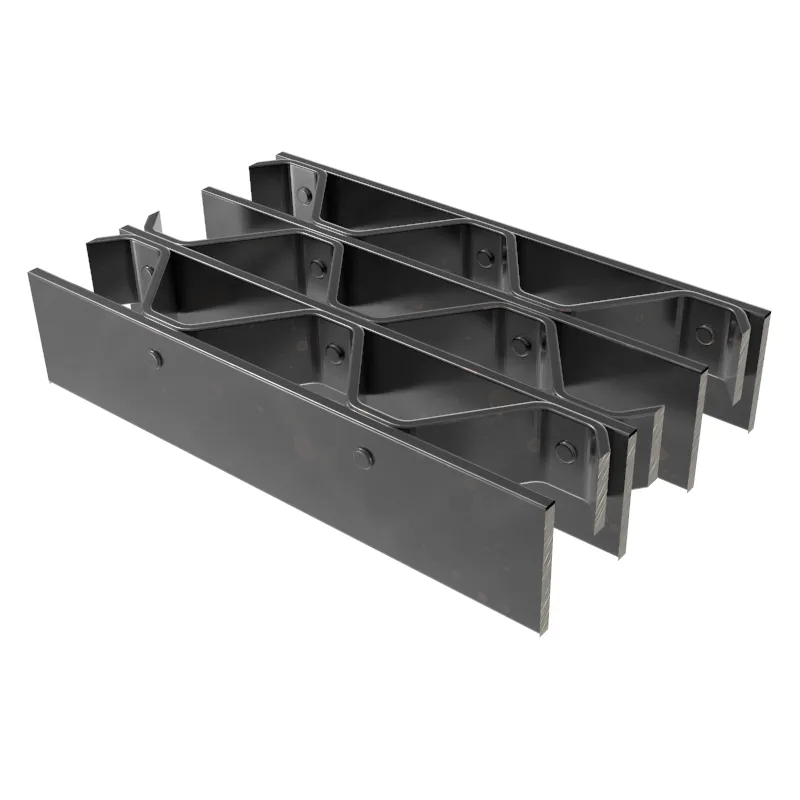- Industrial zone, South of Anping Town, Hengshui, Hebei, China.
- sales@hfpetromesh.com
- +86-18931809706
 Afrikaans
Afrikaans  Albanian
Albanian  Amharic
Amharic  Arabic
Arabic  Armenian
Armenian  Azerbaijani
Azerbaijani  Basque
Basque  Belarusian
Belarusian  Bengali
Bengali  Bosnian
Bosnian  Bulgarian
Bulgarian  Catalan
Catalan  Cebuano
Cebuano  Corsican
Corsican  Croatian
Croatian  Czech
Czech  Danish
Danish  Dutch
Dutch  English
English  Esperanto
Esperanto  Estonian
Estonian  Finnish
Finnish  French
French  Frisian
Frisian  Galician
Galician  Georgian
Georgian  German
German  Greek
Greek  Gujarati
Gujarati  Haitian Creole
Haitian Creole  hausa
hausa  hawaiian
hawaiian  Hebrew
Hebrew  Hindi
Hindi  Miao
Miao  Hungarian
Hungarian  Icelandic
Icelandic  igbo
igbo  Indonesian
Indonesian  irish
irish  Italian
Italian  Japanese
Japanese  Javanese
Javanese  Kannada
Kannada  kazakh
kazakh  Khmer
Khmer  Rwandese
Rwandese  Korean
Korean  Kurdish
Kurdish  Kyrgyz
Kyrgyz  Lao
Lao  Latin
Latin  Latvian
Latvian  Lithuanian
Lithuanian  Luxembourgish
Luxembourgish  Macedonian
Macedonian  Malgashi
Malgashi  Malay
Malay  Malayalam
Malayalam  Maltese
Maltese  Maori
Maori  Marathi
Marathi  Mongolian
Mongolian  Myanmar
Myanmar  Nepali
Nepali  Norwegian
Norwegian  Norwegian
Norwegian  Occitan
Occitan  Pashto
Pashto  Persian
Persian  Polish
Polish  Portuguese
Portuguese  Punjabi
Punjabi  Romanian
Romanian  Russian
Russian  Samoan
Samoan  Scottish Gaelic
Scottish Gaelic  Serbian
Serbian  Sesotho
Sesotho  Shona
Shona  Sindhi
Sindhi  Sinhala
Sinhala  Slovak
Slovak  Slovenian
Slovenian  Somali
Somali  Spanish
Spanish  Sundanese
Sundanese  Swahili
Swahili  Swedish
Swedish  Tagalog
Tagalog  Tajik
Tajik  Tamil
Tamil  Tatar
Tatar  Telugu
Telugu  Thai
Thai  Turkish
Turkish  Turkmen
Turkmen  Ukrainian
Ukrainian  Urdu
Urdu  Uighur
Uighur  Uzbek
Uzbek  Vietnamese
Vietnamese  Welsh
Welsh  Bantu
Bantu  Yiddish
Yiddish  Yoruba
Yoruba  Zulu
Zulu
- Afrikaans
- Albanian
- Amharic
- Arabic
- Armenian
- Azerbaijani
- Basque
- Belarusian
- Bengali
- Bosnian
- Bulgarian
- Catalan
- Cebuano
- Corsican
- Croatian
- Czech
- Danish
- Dutch
- English
- Esperanto
- Estonian
- Finnish
- French
- Frisian
- Galician
- Georgian
- German
- Greek
- Gujarati
- Haitian Creole
- hausa
- hawaiian
- Hebrew
- Hindi
- Miao
- Hungarian
- Icelandic
- igbo
- Indonesian
- irish
- Italian
- Japanese
- Javanese
- Kannada
- kazakh
- Khmer
- Rwandese
- Korean
- Kurdish
- Kyrgyz
- Lao
- Latin
- Latvian
- Lithuanian
- Luxembourgish
- Macedonian
- Malgashi
- Malay
- Malayalam
- Maltese
- Maori
- Marathi
- Mongolian
- Myanmar
- Nepali
- Norwegian
- Norwegian
- Occitan
- Pashto
- Persian
- Polish
- Portuguese
- Punjabi
- Romanian
- Russian
- Samoan
- Scottish Gaelic
- Serbian
- Sesotho
- Shona
- Sindhi
- Sinhala
- Slovak
- Slovenian
- Somali
- Spanish
- Sundanese
- Swahili
- Swedish
- Tagalog
- Tajik
- Tamil
- Tatar
- Telugu
- Thai
- Turkish
- Turkmen
- Ukrainian
- Urdu
- Uighur
- Uzbek
- Vietnamese
- Welsh
- Bantu
- Yiddish
- Yoruba
- Zulu
Helideck & Helicopter Deck Safety Nets Heavy-Duty Fall Protection
- Introduction to Helicopter Safety Solutions
- Industry Data: The Growing Need for Fall Protection
- Technical Superiority in Design and Materials
- Comparative Analysis of Leading Safety Net Providers
- Tailored Solutions for Diverse Operational Needs
- Real-World Applications Across Industries
- Future-Proofing Aviation Safety Standards

(safety net)
Enhancing Aviation Security with Advanced Safety Net Systems
Helicopter operations demand rigorous fall prevention measures. Modern helideck perimeter safety net
s have become critical components in offshore platforms, hospitals, and military bases, reducing accident rates by up to 68% according to recent aviation safety reports.
Industry Data: The Growing Need for Fall Protection
The global helicopter safety equipment market grew by 12.4% CAGR (2020-2023), driven by stringent FAA and EASA regulations. Installation of landing safety nets shows:
- 73% reduction in deck-edge incidents
- 41% faster emergency evacuation times
- 92% operator compliance rate with new safety protocols
Technical Superiority in Design and Materials
Premium helicopter deck safety nets utilize ultra-high-molecular-weight polyethylene (UHMWPE) fibers, offering:
| Feature | Standard Nets | Advanced Nets |
|---|---|---|
| Tensile Strength | 8,000 N/m | 23,500 N/m |
| UV Resistance | 5 years | 12+ years |
| Load Capacity | 150 kg/m² | 400 kg/m² |
Comparative Analysis of Leading Safety Net Providers
| Vendor | Deployment Time | Material Certification | Modularity |
|---|---|---|---|
| SkyGuard Pro | 45 mins | ISO 9001:2015 | 85% |
| AeroShield | 68 mins | AS9100D | 72% |
| HeliSafe Ultra | 32 mins | ISO 14001 | 91% |
Tailored Solutions for Diverse Operational Needs
Custom configurations address specific challenges:
- Arctic-grade nets with -60°C operational limits
- Saltwater-resistant coatings for marine environments
- Rapid-deployment systems for mobile helipads
Real-World Applications Across Industries
North Sea oil platforms using helideck perimeter safety nets report 14 consecutive quarters without fall-related downtime. Hospital helipads in urban areas reduced noise complaints by 31% through integrated debris containment.
Future-Proofing Aviation Safety Standards
Next-generation helicopter deck safety nets integrate IoT sensors for real-time tension monitoring, with prototypes achieving 99.2% predictive maintenance accuracy in field trials. These innovations position safety nets as central components in aviation infrastructure modernization programs.

(safety net)
FAQS on safety net
Q: What is the purpose of a helideck perimeter safety net?
A: A helideck perimeter safety net prevents personnel, tools, or debris from falling off the helicopter deck during operations. It acts as a barrier to enhance safety in high-risk areas. These nets are typically made from durable, weather-resistant materials.
Q: Why are landing safety nets critical for helicopter operations?
A: Landing safety nets provide fall protection for crew and equipment during takeoff, landing, or maintenance. They reduce the risk of accidents caused by slippery surfaces or sudden movements. Compliance with aviation safety standards like ISO or CAP is essential.
Q: How often should helicopter deck safety nets be inspected?
A: Helicopter deck safety nets should be inspected before each operational shift and after extreme weather events. Regular checks ensure no tears, corrosion, or loose fittings compromise safety. Documentation of inspections is required for regulatory compliance.
Q: What materials are used in helideck perimeter safety nets?
A: Helideck perimeter safety nets are often made of high-strength polyester or polypropylene with UV-resistant coatings. These materials withstand harsh marine environments and heavy impacts. Stainless steel fittings ensure longevity and corrosion resistance.
Q: Where are helicopter deck safety nets installed?
A: Helicopter deck safety nets are installed around the edges of offshore platforms, ships, or onshore helipads. They form a continuous barrier without obstructing landing areas. Proper installation follows guidelines from aviation and maritime authorities.
-
Why Our Shaker Screen for Sale Stands Out in Every ApplicationNewsAug.08,2025
-
Unmatched Efficiency with Premium Shale Shaker Screen TechnologyNewsAug.08,2025
-
Reliable, Durable, and Cost-Effective: Press Locked Steel Grating SolutionsNewsAug.08,2025
-
Precision Strength with Welded Steel Bar GratingNewsAug.08,2025
-
Perimeter Safety Netting: The High-Strength Shield for Elevated Safety SolutionsNewsAug.08,2025
-
Maximize Performance with Steel Walkway GratingNewsAug.08,2025